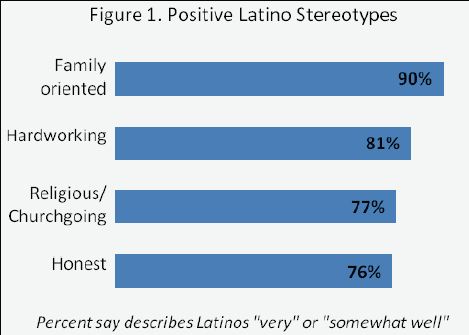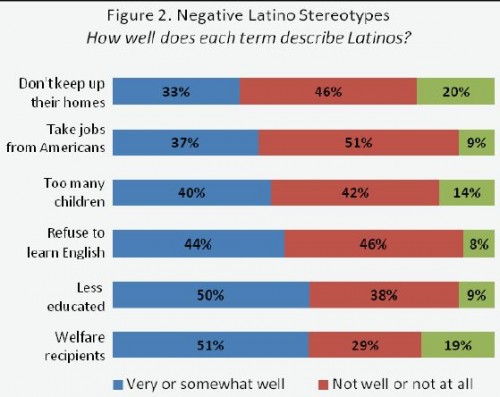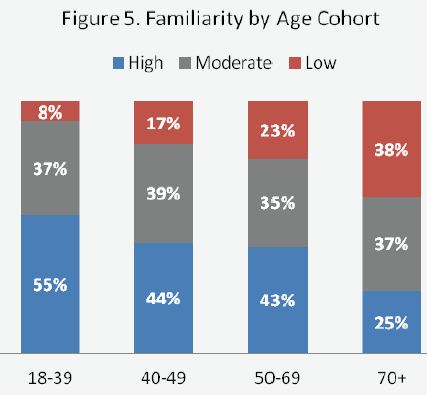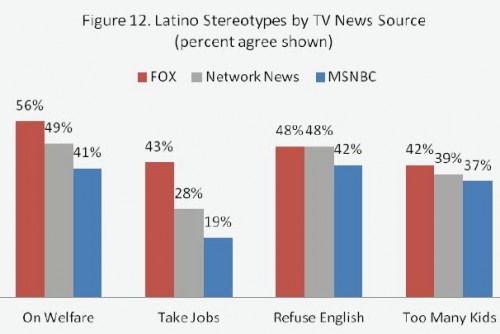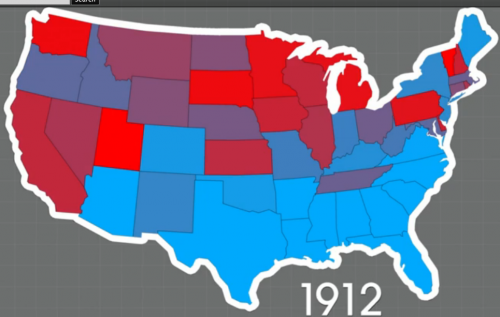Recently, the Tampa Bay Buccaneers shocked many American football fans with an act that might not seem particularly controversial: they continued playing until the game officially ended.
In the final seconds of their game against the New York Giants, the Bucs were behind and almost certain to lose, but not absolutely and inevitably defeated. With the score at 41-34, if the Bucs could get the ball before the clock ran out and manage a touchdown and a successful conversion, they could tie the game or even win outright, depending on the type of conversion.
When the Giants snapped the ball, Tampa’s players rushed forward.
The Bucs broke a taken-for-granted norm in football: they rushed a quarterback who was taking a knee. When a team has possession of the ball in the last moments of a game, the quarterback can run out the clock by holding onto the ball and touching a knee to the ground. When it’s obvious a quarterback is going to do so, the opposing team is expected to acknowledge that the game is effectively over and let the quarterback quickly take a knee without interference.
The Bucs didn’t. They continued playing serious defense. Giants quarterback Eli Manning was knocked backward by his teammates as they tried to protect him from the unexpected rush.
Tampa’s players, and in particular coach Greg Schiano, were widely accused of poor sportsmanship. The Giants’ coach yelled at Schiano on the field and Manning called it a “cheap shot”. Giants’ player Justin Tuck said the Bucs should have refused their coach’s order to carry out what he called a “classless” play.
But NFL officials confirmed that what they did was entirely within the rules of the game. Teams generally take a hands-off approach to a quarterback who is clearly planning to take a knee, but they aren’t actually required to stand around and let him do it unopposed.
And as NPR reported, if we look back a few decades, taking a knee was itself seen as a bit classless. In the 1978 “Miracle at the Meadowlands” game between the Giants and the Philadelphia Eagles, the Giants lost when they fumbled the ball at the last minute. Taking a knee would have ensured a win, but their coach ordered another play because he, like many coaches at the time, saw taking a knee as unsporting, an unworthy way to guarantee victory.
That loss changed the status of taking a knee. No one could believe a team had all but given away a victory. Giants fans were enraged. The coach was summarily fired and never worked in football again.
For coaches, the take-away message was clear. Running a play carried the risk of a last-minute interception and humiliating defeat, possibly followed by the abrupt end of your career. Taking a knee was a sure thing. It quickly became standard procedure. Teams developed formations for use specifically when they plan to take a knee (thus also signaling their intent to the other team). The stigma that remained around taking a knee disappeared; it has been redefined as an acceptable and even expected move. But for it to work — that is, for it to allow a quick end to the game while minimizing the possibility of risk to players (and especially the quarterback) — the opposing team has to play their role in the script and acquiesce to running out the clock.
Tampa’s coach challenged current norms by treating taking a knee as an outcome for the other team to successfully accomplish, not an opposition-less move that requires only a signal of intent. The Bucs’ violation of this norm has been widely condemned. Football fans viewed it as putting players in danger of injury from the unexpected defensive move with very little chance of actually changing the outcome of the game — a likelihood of success low enough that fans I spoke to questioned Schiano’s motives, suggesting he knew he couldn’t win and was actively intending to hurt the other team.
What counts as a “classy” play or a “cheap shot”? Schiano defended his choice by saying he asks his team to play hard for every second of the game, an attitude that might normally be praised. We romanticize the idea of never giving up, of playing as hard as you can against all odds. But because taking a knee has been accepted as reasonable, expected behavior, failure to follow its taken-for-granted script is widely perceived not as a daring move by the defense, but as an unsporting disregard for the spirit of the game.
In a related story, see footage of a middle school football team tricking their opponent into thinking they weren’t playing when they were.
Gwen Sharp is an associate professor of sociology at Nevada State College. You can follow her on Twitter at @gwensharpnv.

